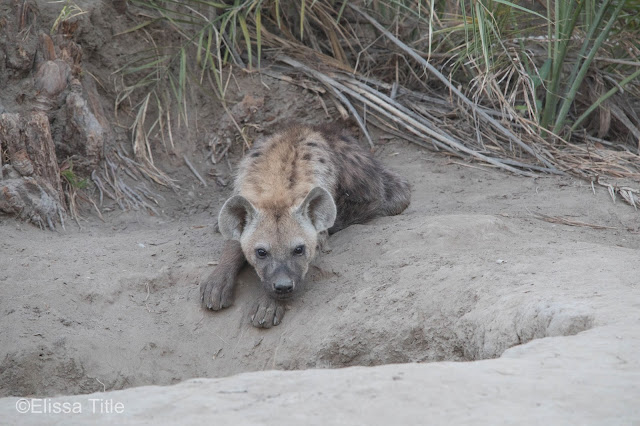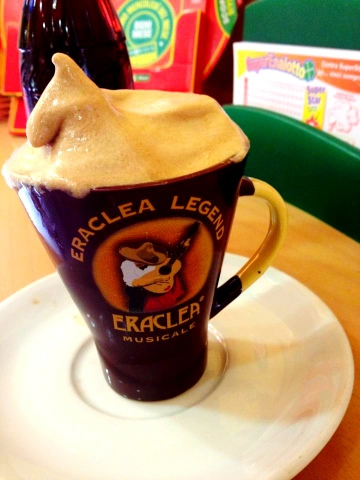Wildlife Wake-Up Call
The only logical reason to wake up early on vacation is for
wildlife, and that’s exactly what we did this morning. Usually, we’re woken up
by the ship wide PA system at 7am. Today, we were woken up at 6am… for a family
of polar bears. I sprinted out of bed, bundled up in my layers of clothing for
the 34-degree weather, and grabbed my telephoto lens. I headed up to the bridge
to see where the polar bears were before heading to the bow to photograph. We
were treated to a magical sighting of a momma polar bear with her two well-fed
cubs.
 |
| Momma polar bear (left) with her two cubs checking out our ship |
 | |
|
A lactating female polar bear pumps contaminated milk to its
cubs. When a female first breeds, around the age of six, she is passing six
years of accumulation into her young so survival chances are poor. Of course,
there is also the issue of diminishing Arctic sea ice. Less sea ice means less
foraging habitat for bears, and the bears become increasingly concentrated on the
smaller patches of habitat. The concentration effect is critical for females
with cubs since they are forced into proximity with males who act aggressively
toward the young, or they are forced away from the remaining feeding habitat.
With global warming, breakup of the sea ice happens earlier in the summer and
refreezing occurs later so the length of time that bears are away from their
favored foraging habitats increases.
All that being said, this mom and her two cubs appeared to
be well-fed. The naturalists agree that the mom seems to know what she’s doing,
and even I know that it is rare for two cubs to survive and be well-fed.
Although the fog was heavy this morning, we were able to watch the bears for
around half an hour before mom got disinterested in the ship and called her
cubs to follow her off into the distance.
While we were eating breakfast, we were informed that there
was a walrus sighting. I put the coffee down, sprinted to my room for the
camera (which I had put away before breakfast after we saw the polar bears) and
sprinted back up to the bow. When I started photographing the walrus, I noticed
that she was nursing a pup who was only a few weeks old. Due to the tusk size,
our naturalists estimated that she was very young. In both sexes, the upper
canine teeth grow to be enormous tusks though they are usually larger and
heavier in males. The tusks continue to grow throughout life and are used for
fighting and hauling out on ice floes. The pup will stay with its mother for
nearly two years, so female walruses only breed once every two years.
 | |
|
The rest of the day was spent waiting for Canadian
immigration officials to clear the ship, who never came. We sailed around Pond
Inlet (Mittimatalik), Nunavut for the remainder of the day. At one point, there
was even a rainbow!
That's all for now... Stay tuned for more
Greenland/Iceland/Canadian High Arctic adventures. Also, be sure to hit the
subscribe button to be notified of new posts, as there is sometimes unreliable
internet! Follow my instagram @elissatitle for more photography posts.














Comments
Post a Comment